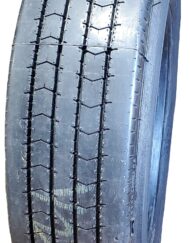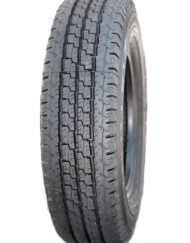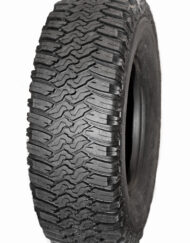A Deep Dive Into Retread Tires
The History of Retread Tires
The process of manufacturing retread tires began over one hundred years ago. In 1912, Marion Oliver patented a tread design that he marketed to other retreaders. In the process that he created, the tire was buffed and the tread was placed on the already buffed tire. After, a hoop was placed on top of the tread and a spiral spring was placed inside the tire to push the casing against the ring.
The tire was then coated with talc and soapstone mud and wrapped with strips of cotton. The final stage included a steam-curing pressure chamber.
How has the Tire Retread Process Changed?
According to the Tire Retread and Repair Information Bureau, the retread industry brings in $3 billion, annually. Thankfully, the process has evolved from hoops, springs and cotton to a quality, safe and cost-efficient method.
At Tire Recappers of Nashville, the process is extensive and includes four different stages that lead to a quality product. The five stages include rigorous inspection process, buffing, building, curing and the final inspection that we use to ensure a high quality, environmentally friendly product. During this procedure, worn tread is buffed away and a new tread is attached through bonding.
Why Should I Choose Retread Tires Over New Tires?
We know that you have a lot of questions involving retread tires versus new tires. At Tire Recappers of Nashville, we are here to ease your mind. We are happy to answer questions such as, “Shouldn’t I just buy a new tire?” “Is a retread tire just as safe as a new tire?” “Is it cost efficient?” “Is it environmentally friendly?”
Some reasons you should choose retread tires include:
- Low cost. Similar to manufacturing a new tire, retreading a tire includes heat, time and pressure. However, retreading costs about 30-50% less than a brand new tire. Most of the manufacturing costs of a new tire is in the body of the tire. Because of this, commercial and military aircraft industries save more than $100 million a year. Also, today’s commercial truck tires are designed to provide multiple tread lives over the life of the casing. Today in the United States, there are actually just as many retreaded tires as there are new tires.
- Environmentally friendly. In addition to being cost efficient, retreading is also environmentally friendly. Retreading tires helps to conserve the amount of oil used. The rubber in a new tire contains about seven to eight gallons of oil. In contrast, retreading only uses two to three. Also, millions of tires that would have ended up in a landfill are continuing to be used for thousands of additional miles.
- Reliable. Retreaded tires have consistently demonstrated the same reliability as a new tire. They are trusted by the military, school buses, and nearly 80 percent of all aircraft tires now in service in the United States are retreads. Retreads have the ability to last just as long as new tires. According to truckinginfo.com, “retreading tires provides the absolute lowest cost per mile of any tire management strategy.”
Easily Find the Right Retread Tires for You
Ready to start using retread tires? Tire Recappers has a variety of different tire styles and sizes to choose from, which can all be viewed on our website. We have options from All Terrain Tires to Farm and Construction Tires to Highway Tires. If you have any questions regarding which tire to choose or why retreading is right for you, our knowledgeable staff would be glad to help you out. Give us a call today at (855)-507-3227.




